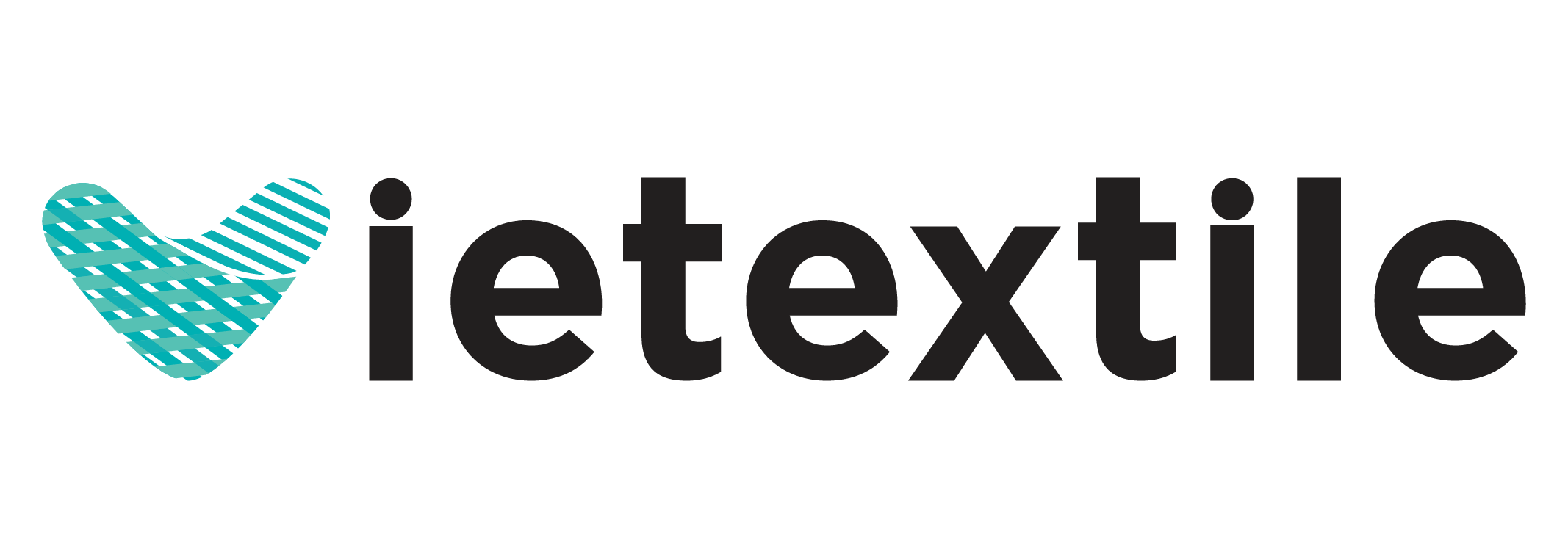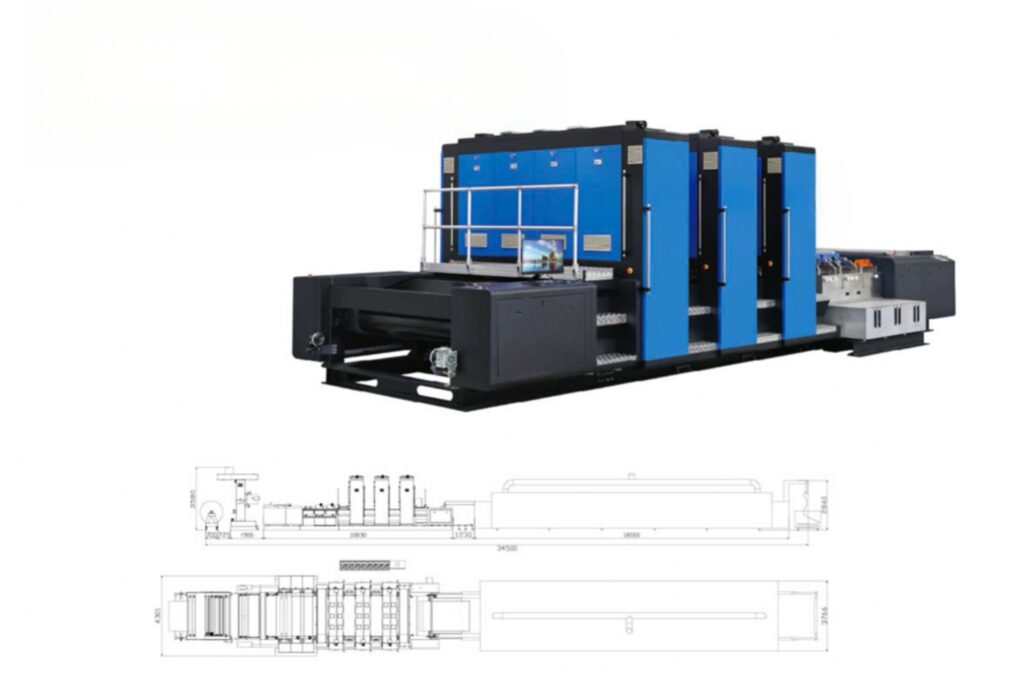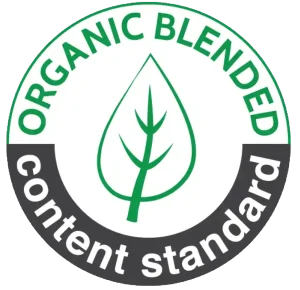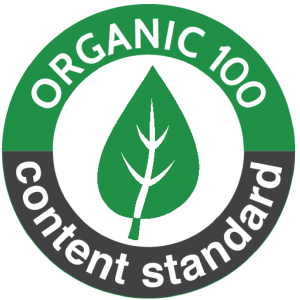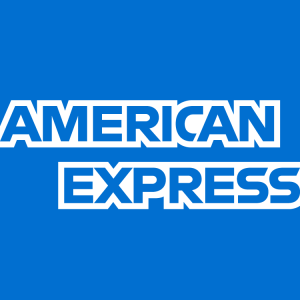Boost ROI: 5 Tips for Direct-to-Fabric Printing
Direct-to-Fabric (DTFb) printing is an industrial digital process that applies ink directly onto rolls of fabric without intermediate steps. It offers major benefits in speed, cost-efficiency, and design flexibility, making it ideal for mass-producing high-quality textiles.
In an era defined by supply chain volatility, sustainable production demands, and the rise of mass personalization, Direct-to-Fabric printing is rapidly shifting from a niche technology to a strategic imperative. This process moves beyond the constraints of traditional methods, offering businesses unparalleled speed, creative freedom, and cost-efficiency. For any textile enterprise looking to increase agility, reduce operational costs, and capture the on-demand market, understanding this technology is the first step toward a more profitable future.
This guide provides a comprehensive financial and technical analysis of Direct-to-Fabric printing, designed to help you make a fully informed, high-return investment decision.
A Quick Note on Terminology: This article discusses industrial Direct-to-Fabric (DTFb) printing onto fabric rolls. It is different from Direct-to-Garment (DTG), which prints on finished items like t-shirts, and Direct-to-Film (DTF), which uses a transfer film.
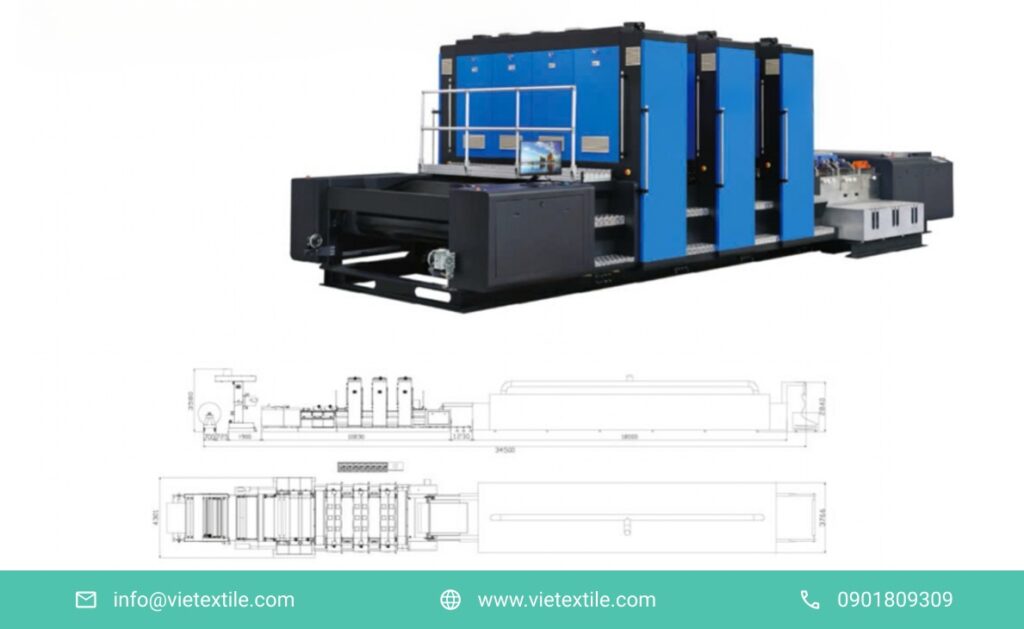
What is Direct-to-Fabric Printing?
Nội dung tóm tắt
ToggleDirect-to-Fabric printing is an automated digital process where specialized inks are jetted directly onto the surface of fabric fed continuously from a roll. Immediately after printing, the fabric typically passes through an integrated heating unit that cures or “fixes” the ink, making it permanent. This streamlined, single-pass system eliminates the immense setup time and material waste associated with creating screens or using transfer papers.
The chemistry of the ink is crucial, as it dictates which fabrics can be used and what post-treatment is required.
A Deep Dive into Ink Chemistries
Understanding the four primary ink types is essential for matching the technology of Direct-to-Fabric printing to your products.
- Reactive Ink: This is the gold standard for printing on natural fibers.
- Fabrics: Cotton, linen, rayon, viscose, silk.
- Process: The ink contains a special dye that forms a permanent covalent bond with the cellulose fibers of the fabric.
- Post-Treatment: Requires post-print steaming to trigger the chemical reaction, followed by extensive washing and drying to remove unfixed dyes. While complex, this process yields the best results.
- Result: Exceptionally high wash-fastness and a very soft “hand-feel,” as the ink becomes part of the fiber itself.
- Acid Ink: The preferred choice for protein-based fibers.
- Fabrics: Silk, wool, nylon.
- Process: Acid dyes form ionic bonds with the amino groups in protein fibers.
- Post-Treatment: Similar to reactive inks, acid ink printing requires steaming and washing to ensure color vibrancy and permanence.
- Result: Brilliant, vivid colors, especially on silk, making it ideal for high-fashion scarves and apparel.
- Disperse Ink (Direct Sublimation): The go-to solution for polyester.
- Fabrics: Polyester and other synthetic polymer-based textiles.
- Process: This method prints disperse dyes directly onto the polyester fabric, which then passes through a high-heat calendar or fixation unit. The heat causes the dye to sublimate (turn to gas) and bond directly with the polyester fibers.
- Post-Treatment: Primarily heat fixation.
- Result: Excellent durability and vibrant colors, perfect for sportswear, banners, and signage.
- Pigment Ink: The most versatile and eco-friendly option and popular with Direct-to-Fabric printing.
- Fabrics: Works on a wide range of fabrics, including cotton, polyester, and blends.
- Process: Pigment ink consists of microscopic color particles suspended in a binder. The ink is printed on the fabric and then heat-cured. The binder adheres the color particles to the surface of the fibers rather than forming a chemical bond.
- Post-Treatment: Requires only heat curing, eliminating the need for water-intensive steaming and washing.
- Result: Very good durability with a slightly less soft feel than reactive dyes. Its simplicity and low environmental impact are making it an increasingly popular choice.
The Business Case: Direct-to-Fabric vs. Traditional Printing
The strategic advantage of Direct-to-Fabric printing lies in its shift from the “economy of scale” required by traditional methods to the “economy of scope.” It allows for profitable production of both large and small runs with equal efficiency. Compared to its predecessor, rotary screen printing, the benefits are transformative.
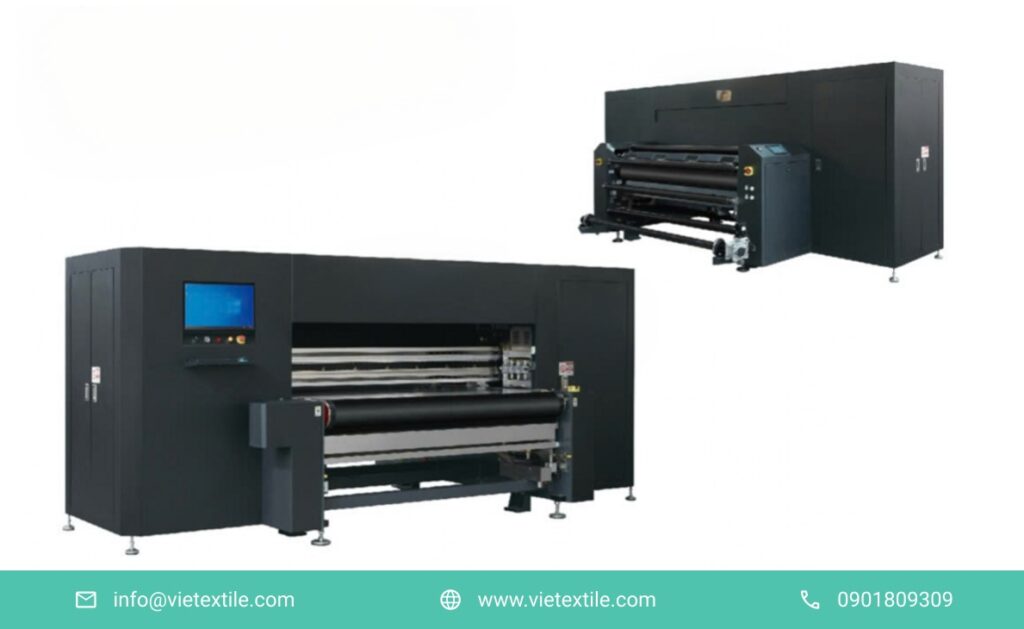
| Feature | Direct-to-Fabric Printing | Rotary Screen Printing |
|---|---|---|
| Setup Time | Minimal (load a digital file) | Lengthy (requires screen creation & alignment for each color) |
| Best For | On-demand, custom designs, short-to-long runs | Very large, single-design mass production |
| Water & Ink Usage | Significantly lower; precise ink application | High; requires large amounts of water and ink paste for printing and screen washing |
| Design Flexibility | Unlimited colors and photorealistic detail | Limited by the number of screen stations (typically 8-12 colors) |
| Cost Per Unit | Consistent for small or large runs | Very high for small runs; low only for massive runs |
A 5-Point Financial Analysis for Your Investment
Investing in an industrial printer is a major capital expenditure. Here’s a detailed breakdown of the costs.
1. Initial Capital Investment (CapEx)
The price of a Direct-to-Fabric printing machine is significant and is determined by its capabilities.
- Entry-Level Industrial: $150,000 – $300,000 USD
- High-Speed, High-Volume Systems: $300,000 – $1,000,000+ USD
This price typically includes the printer itself, the initial set of inks, and the RIP software. However, you must also budget for crucial ancillary equipment, which is often sold separately:
- Fabric pre-treatment unit.
- Direct-to-Fabric printing unit.
- Post-treatment steamer (for reactive/acid inks).
- Washing and drying line.
- Heat fixation calendar (for disperse/pigment inks).
Key factors influencing the price include print width (1.2m to 3.8m), speed (1 m/min to 80 m/min), and the type and number of print heads.
2. Reduced Operating Costs (OpEx)
This is where Direct-to-Fabric printing delivers immense long-term value.
- Energy & Water Savings: By eliminating the screen washing process and, in the case of pigment inks, the post-print washing, water consumption can be reduced by over 90% and energy by over 75%.
- Labor Savings: A complex rotary printing line might require a team of 5-7 people. A highly automated digital line can often be managed by just 2-3 technicians, representing a massive reduction in labor costs. In other words, the fully automated process requires only a few technicians to operate, drastically cutting labor costs compared to the many manual steps of screen printing.
- Material & Waste Savings: Eliminating screens means no costs for screen engraving, chemicals for screen reclamation, or storage. The precise jetting of ink can reduce consumption by up to 30% and drastically cuts down on chemical wastewater with Direct-to-Fabric printing machine.
- Time Savings: Eliminating screen prep can shorten production lead times by as much as 60%, allowing you to take on more orders.
3. Calculating Your Return on Investment (ROI)
Industry analysis suggests businesses adopting this technology can save 20-40% on total production costs. Your ROI is calculated not just on savings but also on new revenue opportunities.
- Tangible ROI: (Increased Revenue from Higher Throughput + New Custom Orders) + (Savings on Labor, Ink, Water, Energy) – (Total Capital Expenditure).
- Intangible ROI: Consider the value of faster time-to-market, the ability to accept small, high-margin orders, and the enhanced brand reputation that comes from a more sustainable manufacturing process.
4. Technical Deep Dive: Choosing the Right Configuration
- Print Head Technology: This is the engine of the printer. Key manufacturers include Kyocera, Epson, and Fuji Dimatix. Consider their native resolution (DPI), variable drop size (measured in picoliters; smaller drops mean finer detail), and firing frequency (which determines speed).
- Fabric Transport System: A precision transport belt (often a “sticky belt”) is crucial to prevent fabric from shifting or stretching during printing, which is vital for print accuracy.
- Integrated Curing System: Ensure the in-line heating unit is matched to the printer’s speed and your ink chemistry to guarantee proper color fixation on the fly.
5. Essential Software (RIP)
A high-quality Raster Image Processor (RIP) software is non-negotiable. A program like NeoStampa is designed specifically for textiles, providing accurate color management and profiling that ensures what you see on screen is what you get on the fabric. This avoids costly reprints.
- Color Management: Creates ICC profiles to ensure color accuracy from screen to fabric.
- Ink Calculation: Estimates ink consumption per job for accurate costing.
- Layout Optimization: Nests patterns efficiently to minimize fabric waste.
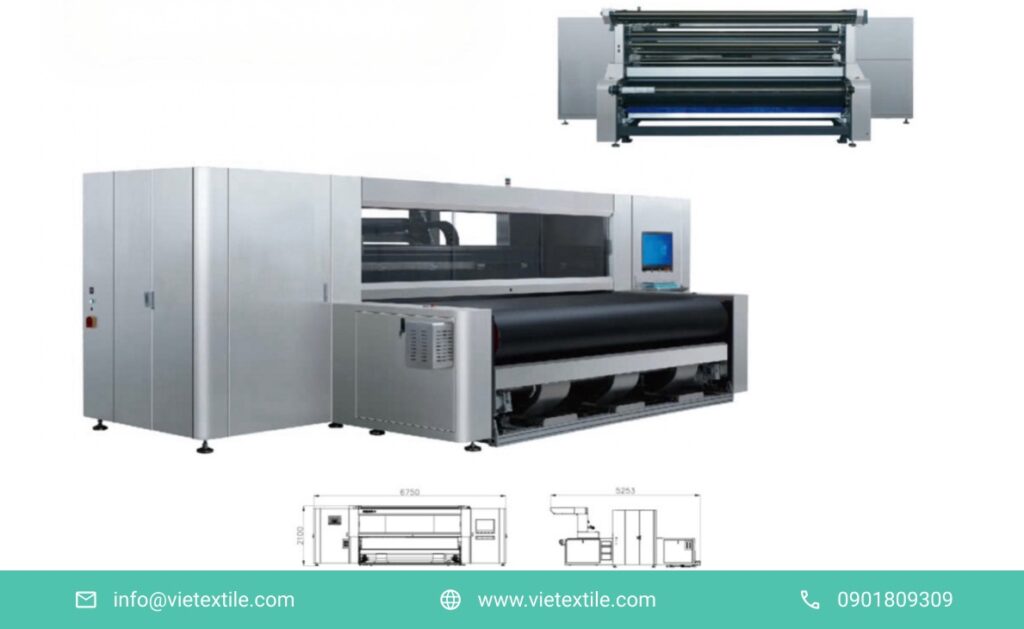
The Future is Digital: Market Trends
The textile industry is rapidly moving towards digitalization and sustainability.
- Market Growth: According to Statista, the global digital textile printing market was valued at $2.71 billion USD in 2021 and is projected to grow significantly.
- Sustainability: Digital printing uses less water, less ink, and less energy than traditional methods, meeting the growing demand for eco-friendly manufacturing.
- Automation: The integration of AI and IoT for remote management and predictive maintenance is the next frontier, making Direct-to-Fabric printing even more efficient.
Your Partner in Advanced Textile Printing
VieTextile is proud to supply state-of-the-art Direct-to-Fabric printing solutions. We offer high-quality machines featuring leading print head technology from Kyocera, Epson, and Fuji. Our expert team provides comprehensive consultation to help you choose the right machine, ink chemistry, and workflow for your specific needs, ensuring a high return on your investment.
Ready to revolutionize your production? Contact VieTextile today for a comprehensive consultation and a detailed quote on a digital printing solution for your business.
(e) FAQ
1. Is Direct-to-Fabric printing expensive to run? While the initial investment is high, the operating costs are significantly lower than traditional methods due to savings on labor, water, ink, and setup time.
2. Is the ink from Direct-to-Fabric printing durable? Yes. When paired with the correct fabric, the specialized inks (like reactive ink on cotton) create a strong chemical bond, resulting in excellent durability and wash-fastness.
3. How is Direct-to-Fabric different from DTG? Direct-to-Fabric prints on large, continuous rolls of fabric before they are cut and sewn. DTG prints directly onto finished garments, like t-shirts.
4. Which RIP software is best for color accuracy? NeoStampa is widely considered the industry standard for textile printing, offering superior color management tools that can accurately simulate how colors will appear on different fabrics before printing.
